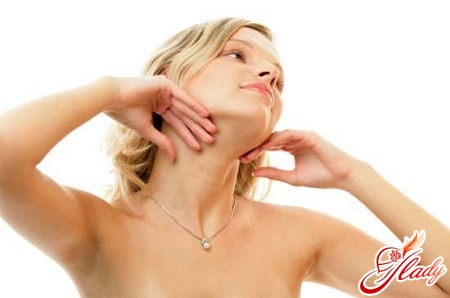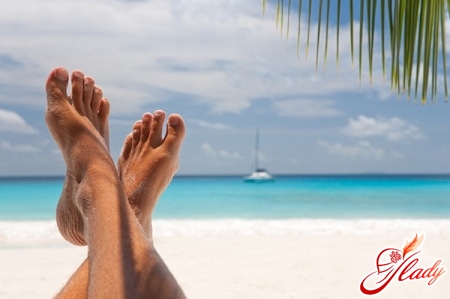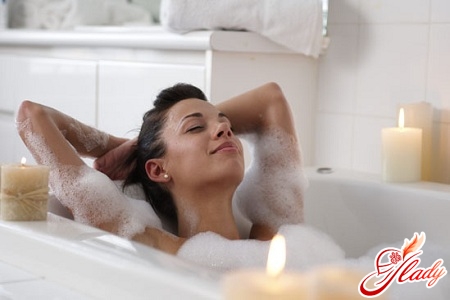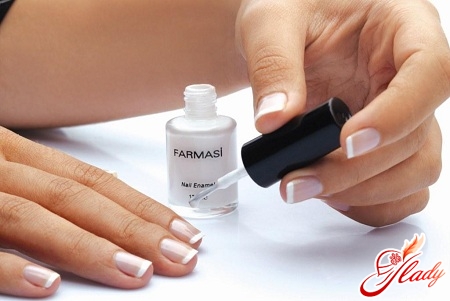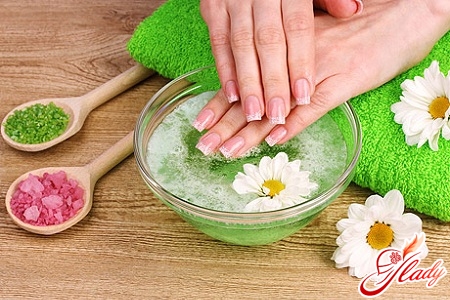 Manicure is not only a daily procedurenail care or their decoration before any special event. In a modern beauty salon, you can be offered a variety of hand care programs, including the spa manicure, which has become quite popular recently. We will tell you about what this procedure is and all the varieties of SPA care in this article.
Manicure is not only a daily procedurenail care or their decoration before any special event. In a modern beauty salon, you can be offered a variety of hand care programs, including the spa manicure, which has become quite popular recently. We will tell you about what this procedure is and all the varieties of SPA care in this article.
What is SPA - manicure
First, let's sort out the terminology.The word "SPA" is a Latin abbreviation that can be translated as "health through water". In addition to the fact that during this procedure your nails will be tidied up, SPA care involves complete relaxation. So SPA manicure is not just a manicure as such, but also a relaxing massage of the hands up to the elbow, special care products, essential oils, lotions, masks and creams. The goal is high-quality care and the creation of such a relaxing atmosphere in which the client feels as comfortable as possible. It must be said that SPA manicure has many faces. There are no absolutely clear rules. Each salon that claims to have such a service offers its own program. The main principle is relaxation and comfort for the client. A simplified version of SPA can be called a hot manicure. It is recommended to use it if you have dry skin, and your nails break and flake. For therapeutic purposes, this procedure is carried out once a week. A special nourishing lotion is needed for a hot manicure. It may contain vitamins (primarily E and A), which promote nail growth and strengthening, substances that have a positive effect on the condition of the skin of the hands (lanolin, nut or coconut oil). In addition, ideally you need to have a special device for warming up the lotion. The procedure itself takes quite a long time, but this applies to all types of spa manicure. The nails are dipped in the heated lotion for several minutes after the remains of the old varnish have been removed and their surface has been filed. Then, from the fingertips, the lotion should be distributed over the entire hand to the elbow and rubbed into the skin, while simultaneously massaging the hands. The next step is to treat the cuticle, which by this time has softened under the influence of the lotion. At the end of the procedure, the hands should be wiped with a damp cold towel to stimulate blood circulation. Any remaining moisture and lotion that may have remained on the nails are removed with a degreasing swab. Finally, if necessary, you can apply a strengthening or color varnish.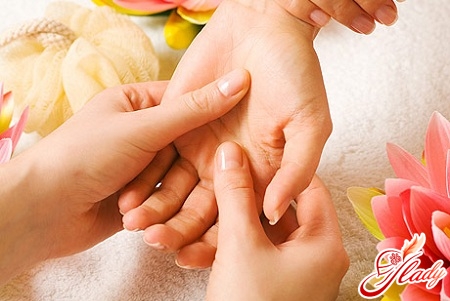
SPA manicure technique
When performing a full SPA manicuremore special nail and hand care products are used. The procedure begins with a warm oil bath. The skin of the hands literally comes to life after such a hand bath consisting of warm oil. Then special lotions are used that strengthen and nourish not only the skin, but also the nail plate. Another effective component is a paraffin hand mask, after which the skin becomes soft as silk. In addition to all the above manipulations, SPA manicure uses not only regular, sea or mineral water as therapeutic agents, but also therapeutic mud, as well as various types of masks and wraps with essential oils. All of them contain components that strengthen thin and brittle nails, and also have high antibacterial and antifungal properties. One of the latest trends is the use of various food products as wrapping materials. They are believed to have a very strong biological effect. Although it may seem unusual, many masks contain chocolate, salt, tea, sugar or honey - products that contain a large supply of nutrients. Cuticle treatment in a SPA manicure also has its own characteristics. It is not cut off, but removed with a special composition that practically dissolves it. This eliminates any damage, so there is no threat of infection. Moreover, regular nail care in a SPA style leads to the cuticle becoming thinner and does not require such time for treatment as at the initial stage. A SPA manicure is not just ideal hand care, it is a real relaxation that allows you to restore both strength and peace of mind. We recommend reading:




